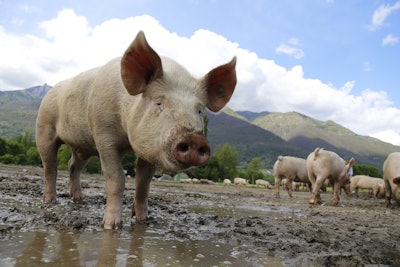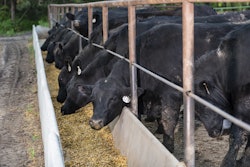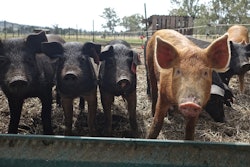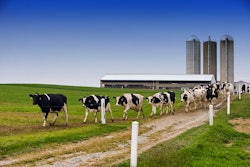
Despite ongoing trade challenges between their two countries, members of the swine industries in the United States and China gathered in mid-January to seek possible solutions for the growing number of African swine fever outbreaks in China.
According to the latest U.S. Grains Council Global Update, the 7th U.S.-China Swine Industry Symposium, held on Jan. 10 in Beijing, was co-organized by the U.S. Grains Council (USGC), the U.S. Meat Export Federation (USMEF), the U.S. Soybean Export Council (USSEC), the China Animal Agriculture Association, the China Meat Association, as well as the China Chamber of Commerce for the Import/Export of Native Produce and Agricultural Products.
With a theme of "Animal Disease Prevention and Mitigation in a Global Pork Industry," the event attracted about 200 professionals from swine industry associations, academies and enterprises in China, the United States and Europe.
“The swine industries in China and the United States - the world’s two largest - are closely connected through trade in meat and feed products, and issues that affect the two industries have significant implications for global markets,” says USGC China Director Bryan Lohmar, who spoke at the event. “Deepening cooperation between the two industries will benefit both countries as well as consumers all over the world.”
The symposium had three sessions, focused on strategies to control and eradicate disease outbreaks, global and national efforts to control such diseases, and the impact of animal diseases on trade patterns and the swine industry.
At each, industry speakers shared their disease control practices as a means for further discussion about handling animal disease outbreaks. The symposium highlighted various perspectives on African swine fever from Chinese and U.S. veterinarians, U.S. swine industry reaction and insights on how the disease is influencing China’s grain, trade and demand structure.
"Fortunately, a large share of China's pork production comes from modern operations with strict biosecurity protocols, and that will help spare much of China's production," Lohmar said. "Learning more about how the disease spreads and expanding biosecurity protocols will be critical to containing the outbreak over the next few years."
Launched in 2012, the symposium has become an important platform for industry experts to share their knowledge and highlight business cooperation between the two nations and the world.

















